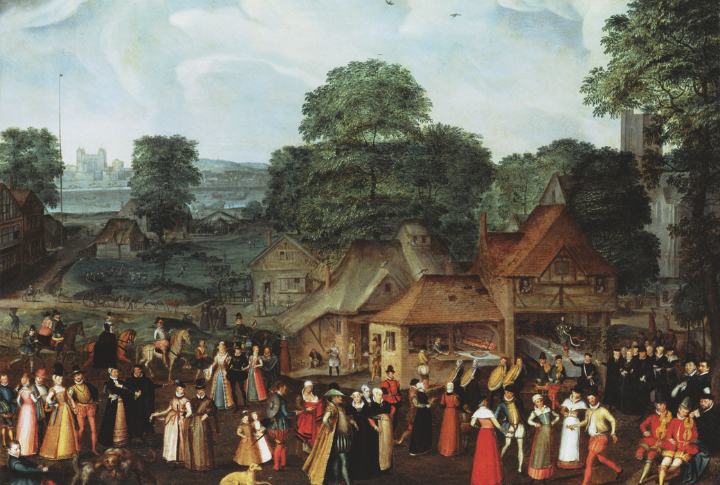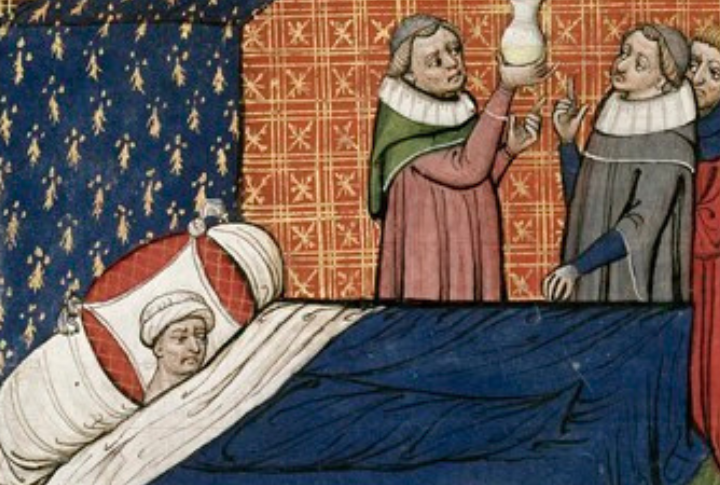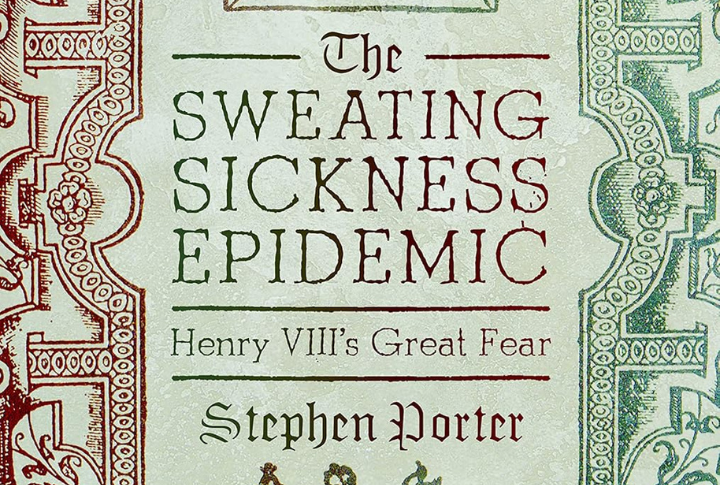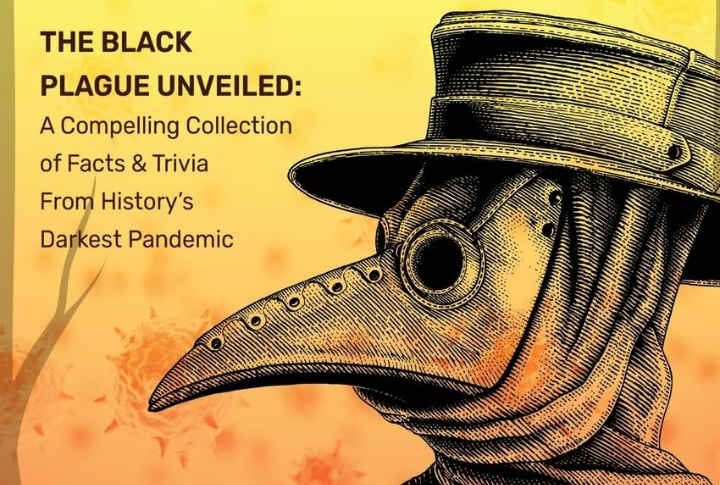
One moment, life carried on as usual. The next, the Sweating Sickness tore through towns at terrifying speed. Victims collapsed within hours, leaving no time for a cure or even a warning. Centuries later, its deadly rampage and sudden disappearance remain one of history’s most chilling medical mysteries. So, let’s take a look at 10 chilling facts about the Sweating Sickness.
It Was A Disease Faster Than Death

Most illnesses progress gradually and allow time for treatment or recovery. The Sweating Plague, however, descended rapidly, overwhelming the body within hours. It spread swiftly through communities and took victims before they could seek help. By the time its presence was understood, countless lives had already been lost.
The Disease Thrived In Crowded Spaces

The disease swept through large households and gatherings, where people lived and worked in close contact. Physicians of the time blamed foul air, while others suspected contaminated food or water. Some modern theories also suggest that it was carried by animals. However, with no DNA samples to study, the true cause remains locked in history.
It Had Overwhelming Symptoms

The illness struck without warning, beginning with chills and dizziness before escalating to intense sweating and exhaustion. Many victims collapsed within hours, unable to stand or speak. Unlike other ailments of the time, it provided no gradual decline—once symptoms appeared, recovery was unlikely, and so was survival.
The Rich Were Also A Target

Plagues usually devastated the poor, yet this one showed no mercy to the wealthy either. Nobles, merchants, and even members of the royal court were struck down in their lavish homes. Experts believe that grand feasts became silent death traps, and even the safest places turned into breeding grounds for infection. Hence, status offered no protection when the sickness spread like wildfire.
Henry VIII Lived In Constant Fear Of This Ailment

Henry VIII was never one to take chances, especially when his life was on the line. The moment reports of the sickness surfaced, he abandoned his palaces and fled to isolated country estates. Servants were dismissed for a single cough, and advisors kept their distance. For once, his paranoia wasn’t misplaced because this illness killed faster than any rebellion ever could.
Science Still Can’t Explain It

Centuries later, the true nature of the epidemic remains a mystery. Hantavirus, an unusual influenza strain or a bacterial infection, remains a leading theory among researchers. The symptoms overlapped with multiple diseases, yet none fit perfectly. Plus, with no surviving biological evidence, the cause remains one of medicine’s greatest unsolved puzzles.
It Disappeared Without Warning

Most deadly outbreaks return in waves, but this one vanished without a trace. It swept through England and killed thousands before fading into history. No lingering cases or no resurgence. Some think it weakened on its own; others believe survivors developed immunity. However, its sudden disappearance remains as mysterious as its rapid and deadly arrival.
It Had A Creepy Link To Picardy Sweat

Centuries later, a strange illness surfaced in France. The Picardy Sweat caused symptoms eerily similar to the English outbreak, though it was less deadly. Was it a weaker strain? A mutated version? Or just a coincidence? The idea that history nearly repeated itself is chilling, with the first occurrence still being a mystery.
The Disease May Have Been Deliberately Spread

Whispers of foul play surrounded the outbreak. In an era of conflict, poisoned wells and contaminated food seemed like plausible tactics. Trade routes were another suspected source. While there’s no solid proof, history proves that rulers have never shied away from using ruthless methods in desperate times.
It Left Marks Beyond England

Though most cases occurred in England, reports of similar outbreaks surfaced in France and the Holy Roman Empire. Unlike the Black Death, it never became a full-blown European pandemic. Geography likely contained the spread, and certain populations possibly had immunity. Whatever the reason, the rest of the world narrowly escaped a much greater catastrophe.

